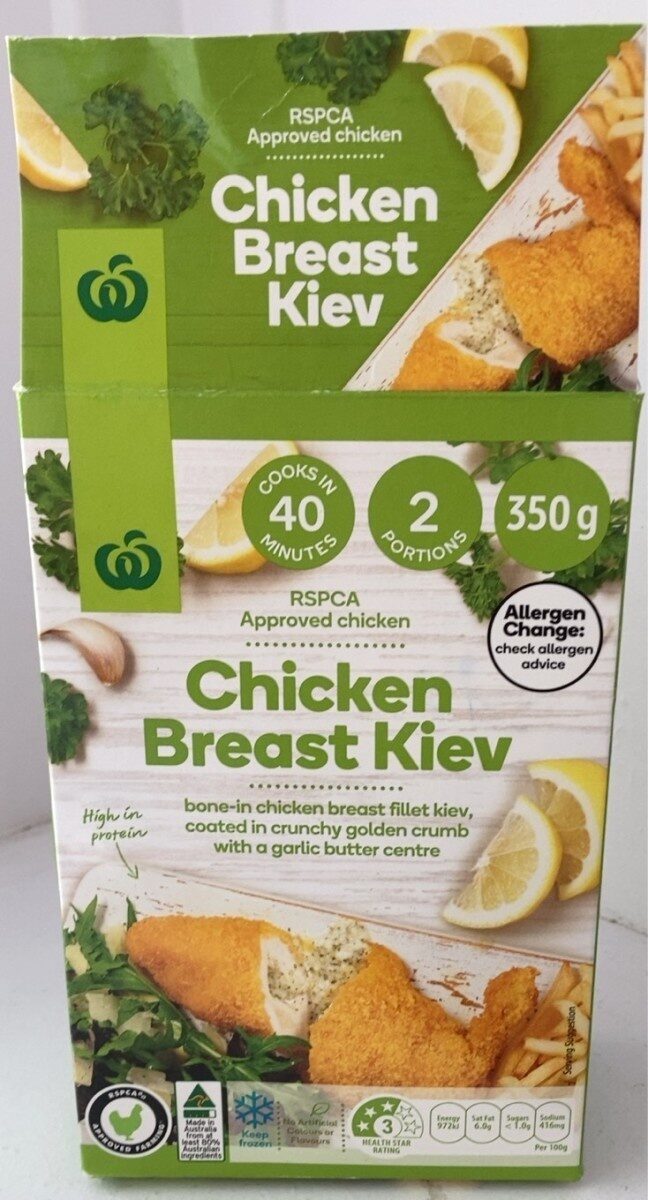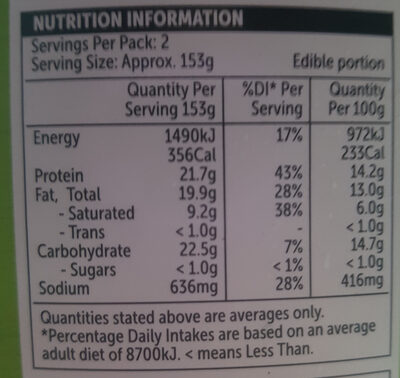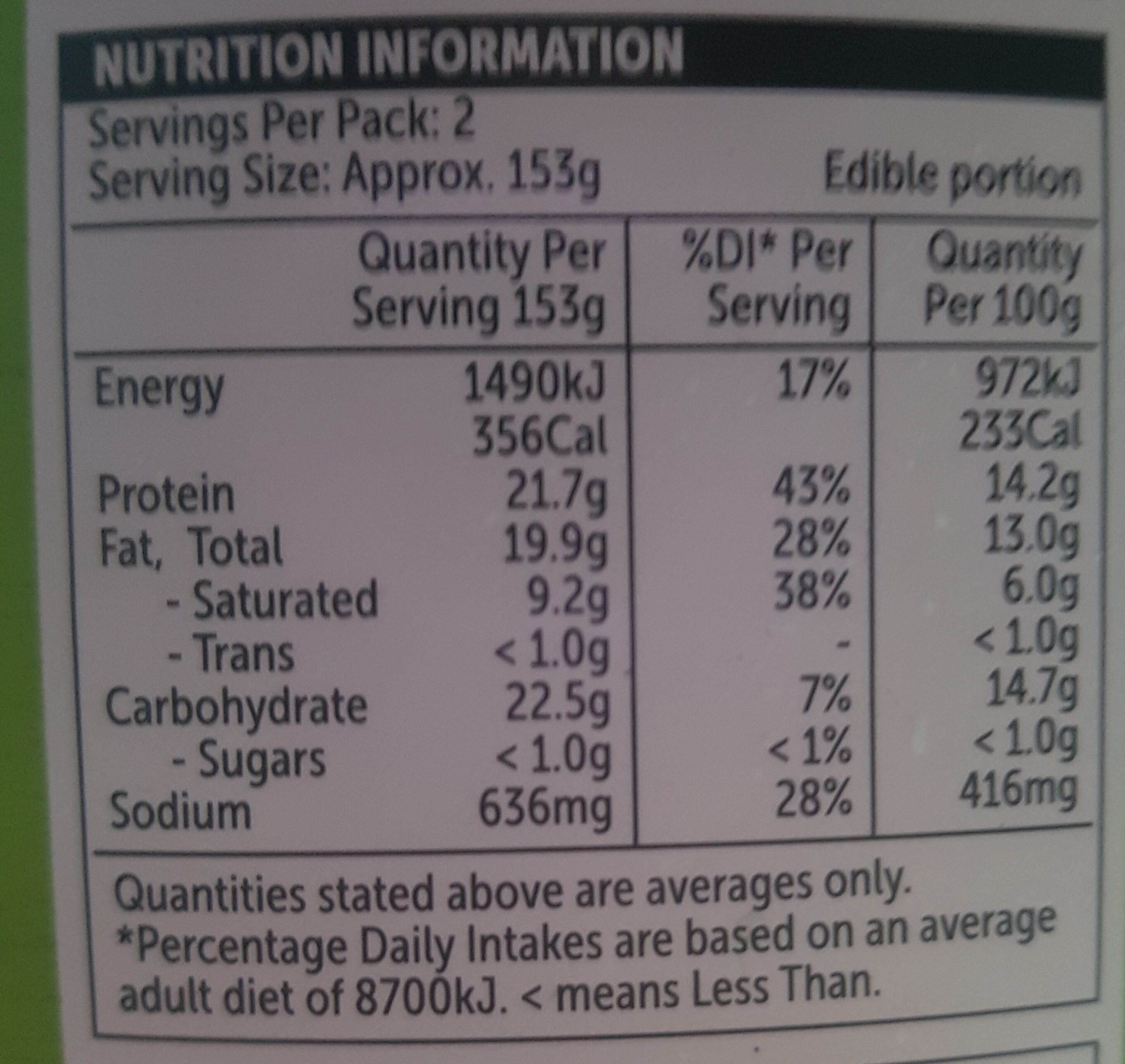Chicken Breast Kiev - Woolworths - 2
This product page is not complete. You can help to complete it by editing it and adding more data from the photos we have, or by taking more photos using the app for Android or iPhone/iPad. Thank you!
×
Barcode: 9339687041640 (EAN / EAN-13)
Quantity: 2
Packaging: Box
Brands: Woolworths
Categories: Meats and their products, Meat preparations, Chicken and its products, Chicken preparations, Breaded products, Chicken kievs
Labels, certifications, awards:
Australian made, Health Star Rating, Health Star Rating 2.5, Health Star Rating 3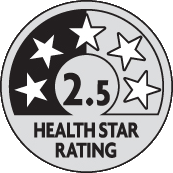
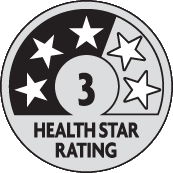
Origin of ingredients: 80% Australian
Stores: Woolworths
Countries where sold: Australia
Matching with your preferences
Environment
Packaging
Transportation
Report a problem
Data sources
Product added on by openfoodfacts-contributors
Last edit of product page on by moon-rabbit.
Product page also edited by archanox, charlesnepote, ecoscore-impact-estimator, kiliweb, off.e9d162b0-c374-4050-93a8-1b87266eaaae, packbot, teolemon, yuka.sY2b0xO6T85zoF3NwEKvlmcYXt7Y_Bz1MQfluE-m-euILJH2PPNR4KLUFKs.

